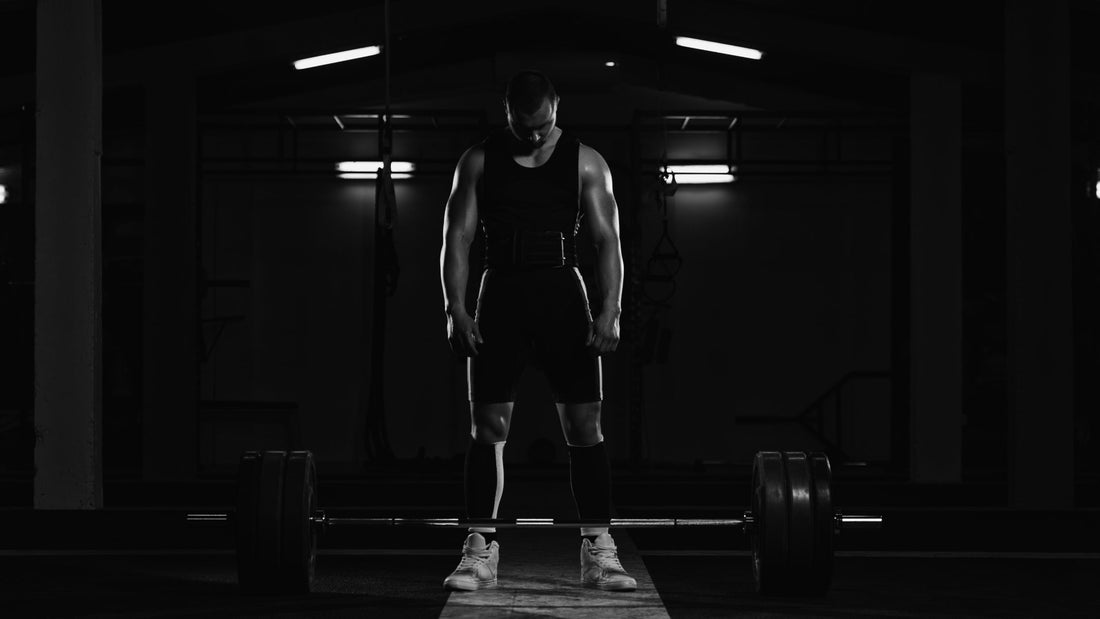
Hook Grip Deadlift: A Practical Guide to Secure, Symmetrical Pulls
Share
The hook grip deadlift wedges your thumb under your index and middle fingers to create a mechanical lock. It’s brutally secure and completely symmetrical, which is why it’s beloved in fast Olympic pulls and increasingly common in powerlifting training. The downside is a short “thumb adaptation” phase. With smart progression and a little skin care, you can make hook your go-to hold for many sets—while still using straps for maximal efforts and PTI Grip to keep transitions quick.
What the hook actually does
By pinning the thumb between bar and fingers, you turn a friction-only hold into a wedge. The bar can’t rotate without overcoming that wedge, which is why hook grip resists roll so well. Because both hands stay pronated, you avoid the asymmetry of mixed grip. For broader context, see weightlifting.
Comfort and skin management
-
Start lighter than you think: Hook the warm-ups and first working set or two for 2–3 weeks before testing it heavy.
-
Thumb prep: Keep nails short and edges smooth; a small file prevents snagging.
-
Tape (optional): A thin layer over the thumb cuts pinch hotspots. Don’t over-pad—too thick blunts knurl feel.
-
Hand placement: Grip just outside the legs; seat the bar higher in the thumb crease, not on the pads.
Step-by-step
-
Bar over mid-foot; shins close; chest tall.
-
Wrap thumbs first, then lay index/middle fingers over the nail. Pin; don’t just curl.
-
Pre-tension: take the slack out until the bar “clicks.”
-
Push then pull: drive the floor away, stay patient to the knee, keep the bar against you.
-
Stand straight: hips through, glutes on, no lay-back.
Mistakes that make hook worse
-
Crushing too early: Over-squeezing before bracing fatigues small hand muscles. Build tension, then clamp.
-
Low bar in the fingers: Elevate into the thumb crease for a solid wedge.
-
All-or-nothing mindset: It’s fine to hook most work but spare your thumbs with straps or PTI Grip strategically.
Programming without burning your thumbs
-
Acclimation: On every deadlift day, hook warm-ups and the first 1–2 working sets; strap the heaviest work while skin adapts.
-
Strength phase: 3–5 sets of 3–5 at 75–85% using hook; tape if needed.
-
Peak phase: Hook the last heavy single if thumbs are happy; otherwise strap the top single and hook the back-off doubles.
How PTI Grip and straps save the session—together
-
Straps for top sets: Use straps when you’re chasing absolute load or when thumb skin limits volume.
-
PTI Grip for speed and accessories: When rotating from pulls to rows to machine work, a quick clamp beats re-wrapping straps and preserves bar feel.
-
Raw finishers: End with a short bar hang or farmer’s carry bare-handed to maintain grip capacity.
See the clamp that fills the space between raw and strapped work: PTI Grip. Learn the reasoning behind it: Our Story.
Thumbs, not limits: Respect the learning curve, manage your thumbs, and deploy straps for maximal work. Use PTI Grip to keep tempo high everywhere else. That framework gives you hook’s symmetry and security—without letting thumb fatigue write your plan.
